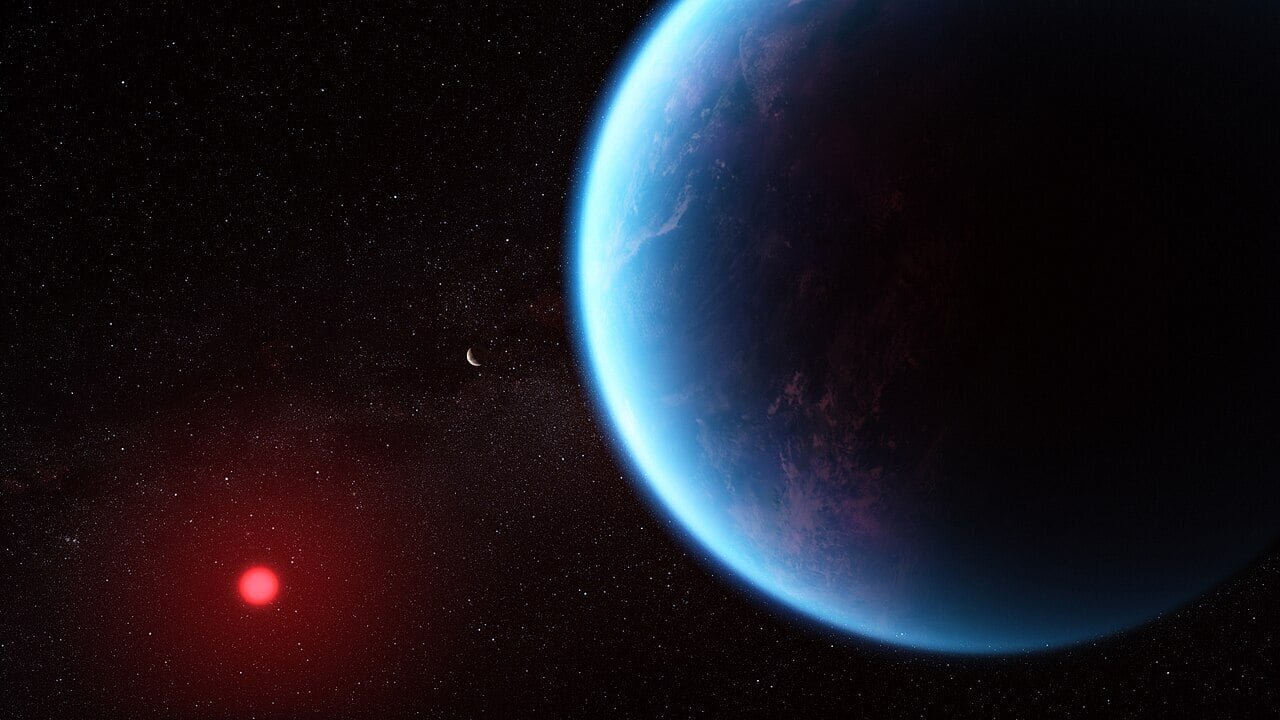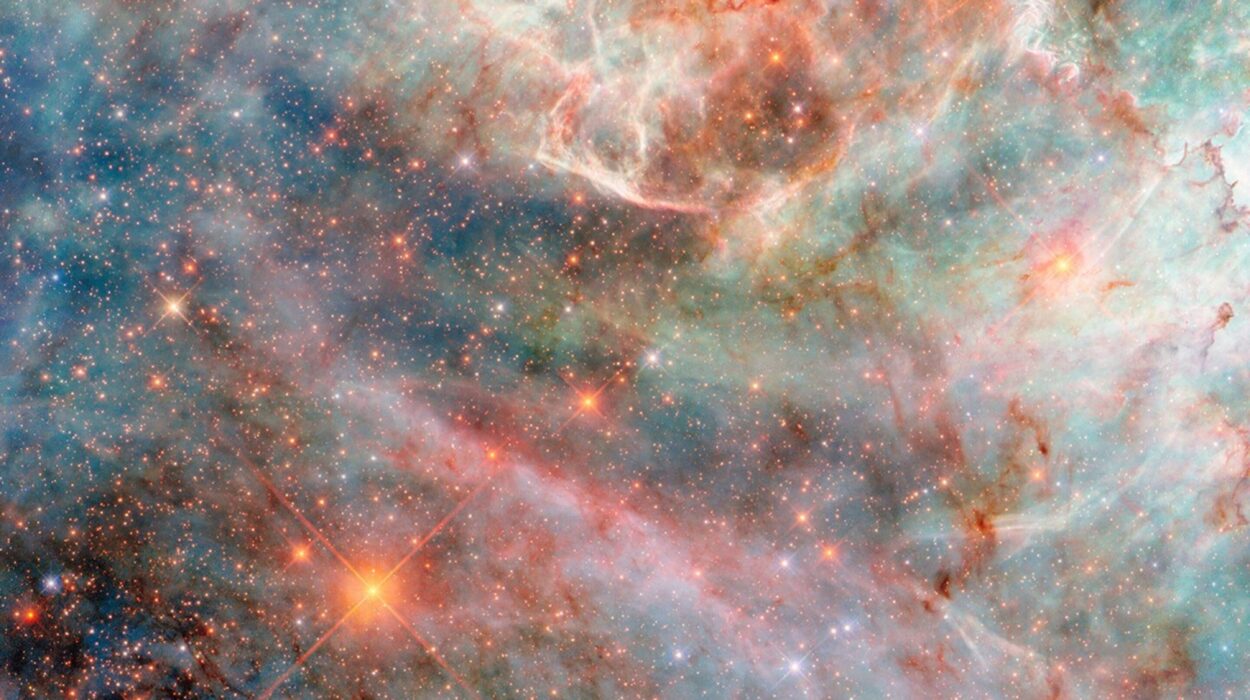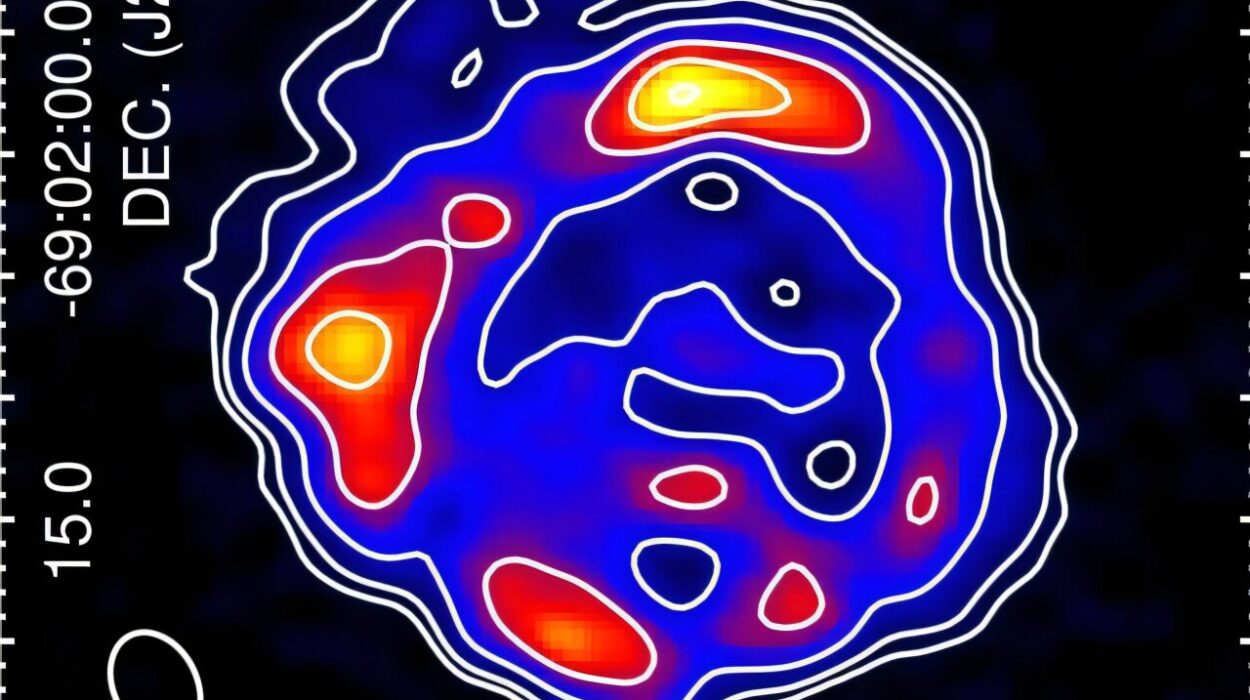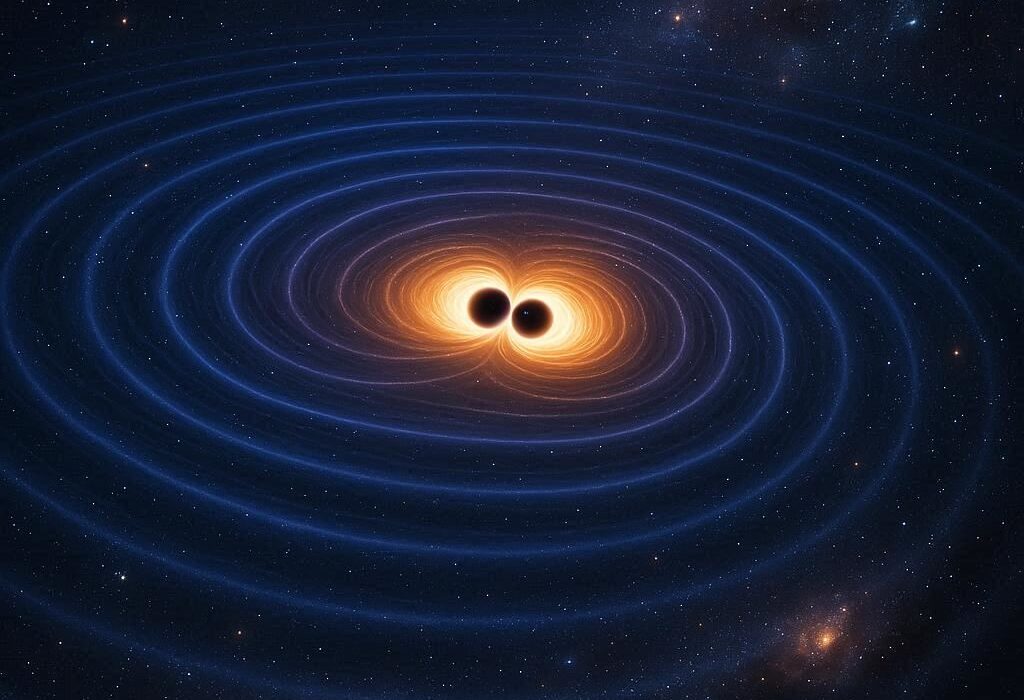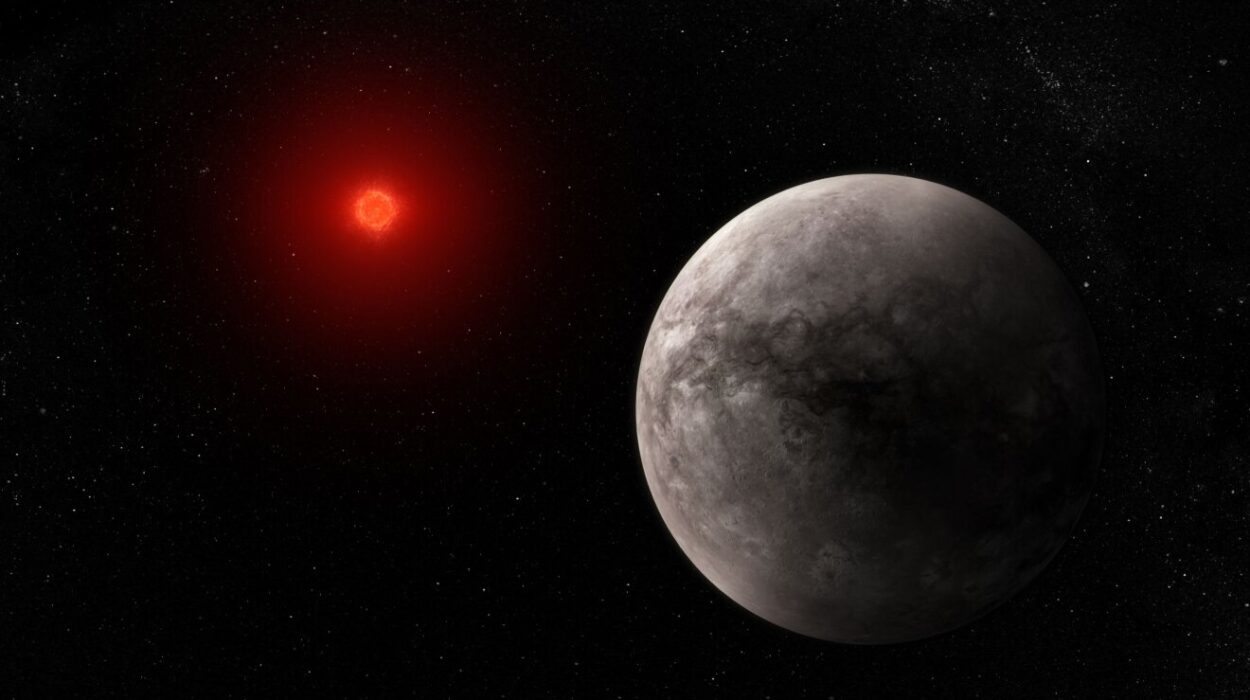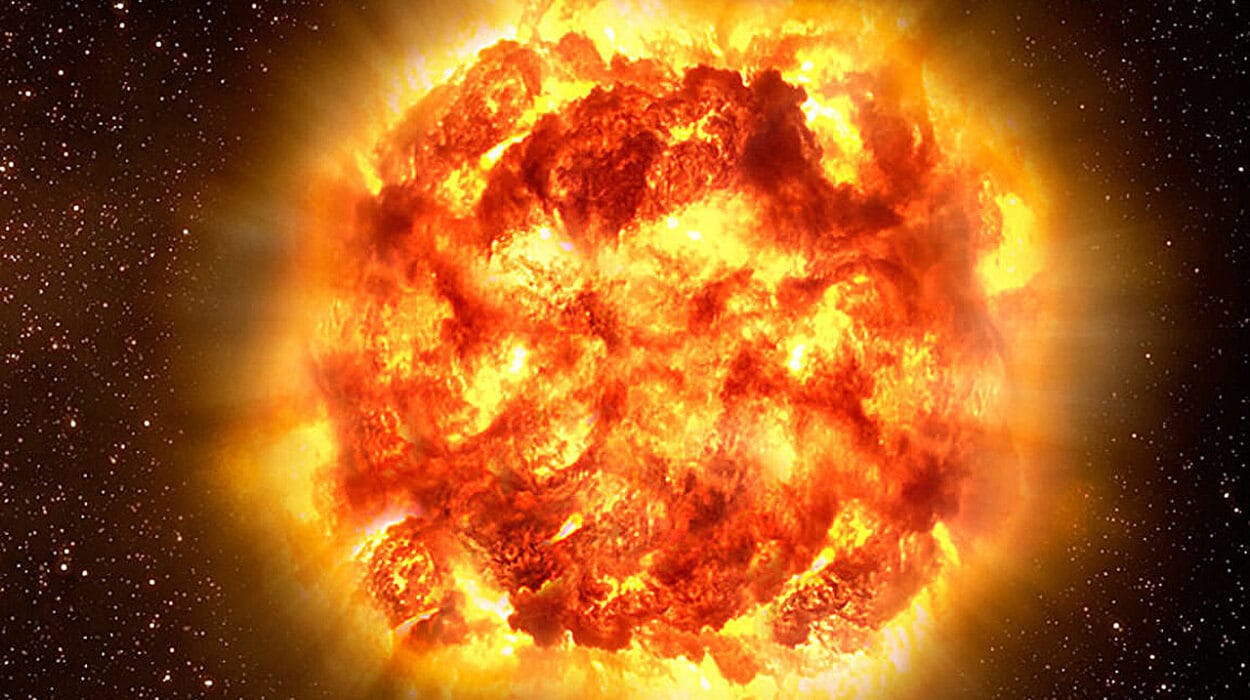“Extraordinary claims require extraordinary evidence.” This iconic phrase, often attributed to Carl Sagan, stands as a sentinel at the gates of scientific discovery. It reflects the principle that the more implausible a claim seems, the stronger the evidence must be to support it. But this idea has much older roots—philosopher David Hume argued in the 18th century that no testimony is sufficient to establish a miracle unless the falsehood of that testimony would be even more miraculous.
Fast forward to today, and this maxim is more relevant than ever. As scientific tools grow more powerful and data grows more plentiful, the question isn’t just whether the evidence is strong—it’s how we interpret it. And nowhere is that question more pressing than in the latest debates over a possible sign of life on a distant exoplanet: K2-18b.
K2-18b: A Strange and Promising World
In September 2023, the scientific world buzzed with the tantalizing possibility that life—or at least a sign of it—had been detected in the atmosphere of K2-18b. This sub-Neptunian exoplanet orbits a red dwarf star roughly 124 light-years away in the constellation Leo. K2-18b is an ocean world, shrouded in a thick atmosphere and located in its star’s habitable zone, where temperatures could potentially support liquid water.
The excitement came from data collected by the James Webb Space Telescope (JWST), which suggested the presence of dimethyl sulfide (DMS), a compound known to be produced by phytoplankton on Earth. If confirmed, DMS could be a biosignature—a chemical clue indicating biological processes.
But science is never settled on a single result, especially one with such profound implications. Now, new research led by Luis Welbanks at Arizona State University casts serious doubt on the biological interpretation of this finding, showing how statistical analysis and atmospheric modeling can flip a story on its head.
The Preprint that Reignited the Debate
Welbanks and his team posted their findings to arXiv, the go-to preprint server for cutting-edge physics and astronomy research. Their paper doesn’t just poke holes in the DMS detection claim—it questions the entire methodology behind it.
At the heart of their argument lies the way astronomers interpret the faint, noisy signals coming from exoplanet atmospheres. Even with JWST’s groundbreaking capabilities, reading the chemical makeup of a planet’s atmosphere from light years away is immensely challenging. Instead of taking direct samples, scientists analyze how starlight filters through a planet’s atmosphere during transit, using spectroscopy to detect molecular fingerprints.
But the data are always incomplete and ambiguous. To make sense of it, astronomers rely on statistical models—essentially educated guesses that simulate different atmospheric compositions. The goal is to find the model that best matches the observed data. Yet therein lies the danger: if the models are flawed or incomplete, the one that “wins” the statistical race might still be far from the truth.
Occam’s Razor and the Problem with Simplicity
To avoid drowning in an infinite sea of possible explanations, scientists often turn to Occam’s Razor—the idea that the simplest explanation is most likely to be correct. In practice, this means rejecting complex or speculative models unless the data demands them.
But as the Welbanks paper argues, this approach can backfire. If all the models being compared are inadequate representations of reality, then even the “best” one might be wrong. Worse still, several different models might explain the same dataset equally well, leading to a false sense of certainty about which chemicals are really present.
The statistical technique used here—Bayesian model comparison—ranks models based on how well they fit the data while penalizing complexity. It’s a powerful tool, but one that depends heavily on the quality and breadth of the models included in the analysis. If some potentially accurate models are left out from the start, the results can be misleading.
Re-Examining the Data: A Challenge to the Biosignature Claim
To test this, Welbanks and his team reanalyzed the dataset originally used to identify DMS. They included a broader range of atmospheric models, some of which had been excluded in the earlier work. Among them was a model that contained propyne (C3H4), a hydrocarbon that can be produced by non-biological processes.
The result? The propyne model fit the data just as well—or even better—than the DMS model. And that’s a problem. If a non-biological model can explain the data as convincingly as a biological one, then the claim of having found a biosignature loses its footing.
Moreover, the earlier analysis also included another compound—dimethyl disulfide (DMDS)—as a companion to DMS. But DMDS can also have abiotic sources. Without independent confirmation or a more complete spectrum of atmospheric data, it’s difficult to know whether either chemical truly points to life.
The Fragile Nature of Evidence in Exoplanet Science
This is not the first time that exoplanetary biosignature claims have come under scrutiny. A few years ago, phosphine was reported in the atmosphere of Venus—another potential biosignature. That claim, too, was soon challenged by conflicting interpretations and re-analyses. The same pattern is playing out with K2-18b.
In all of these cases, the issue isn’t dishonesty or error. It’s that the tools of exoplanetary science are still developing. We’re pushing instruments like JWST to their limits, trying to extract meaning from incredibly faint and noisy signals. When data is scarce and interpretations are complex, competing models are not only expected—they’re necessary.
And that’s how science is supposed to work. Claims are made, tested, challenged, and refined. No single paper, no matter how thrilling, closes the book on a scientific question. It opens the door for further investigation.
What This Means for the Search for Life
The implications of this debate go far beyond one planet. They strike at the heart of astrobiology’s most pressing challenge: how can we know, truly know, when we’ve found life beyond Earth?
Chemical biosignatures are one possibility. But as the K2-18b controversy shows, many such chemicals have plausible non-biological origins. To strengthen a claim of life, scientists need converging lines of evidence—multiple, independent biosignatures, or patterns that defy abiotic explanation.
Some scientists are now calling for a new framework for evaluating biosignature claims, one that combines statistical rigor with deeper knowledge of planetary processes. Others argue that we may need entirely new tools—next-generation space telescopes capable of far greater sensitivity and spectral resolution.
Until then, every new discovery must be treated with cautious excitement. The search for life is one of the most thrilling adventures in science—but it must be navigated with care.
The Road Ahead: A Future Guided by Data
Despite the skepticism, the search continues. JWST is just getting started, and other missions like the European Space Agency’s ARIEL (Atmospheric Remote-sensing Infrared Exoplanet Large-survey) are on the way. These observatories will gather more comprehensive data on exoplanet atmospheres, improving our ability to detect and interpret potential biosignatures.
For now, K2-18b remains a fascinating mystery. It may not be the first place we find definitive signs of life—but it has already advanced our understanding of how to look, what to look for, and how to argue about what we find. That alone makes it an important milestone in the journey to answer one of humanity’s oldest questions: Are we alone?
Conclusion: Holding Truth to a Higher Standard
In the end, the saga of K2-18b isn’t a disappointment—it’s a demonstration of science at its best. Claims were made. Others tested those claims, questioned assumptions, and offered alternatives. The truth, whatever it is, will emerge through this process—not in headlines, but in evidence.
Carl Sagan was right: extraordinary claims require extraordinary evidence. But more importantly, they require extraordinary scrutiny. And as we look ever deeper into the cosmos, that scrutiny will be our compass, guiding us through wonder and toward the truth.
Reference: Luis Welbanks et al, The Challenges of Detecting Gases in Exoplanet Atmospheres, arXiv (2025). DOI: 10.48550/arxiv.2504.21788
